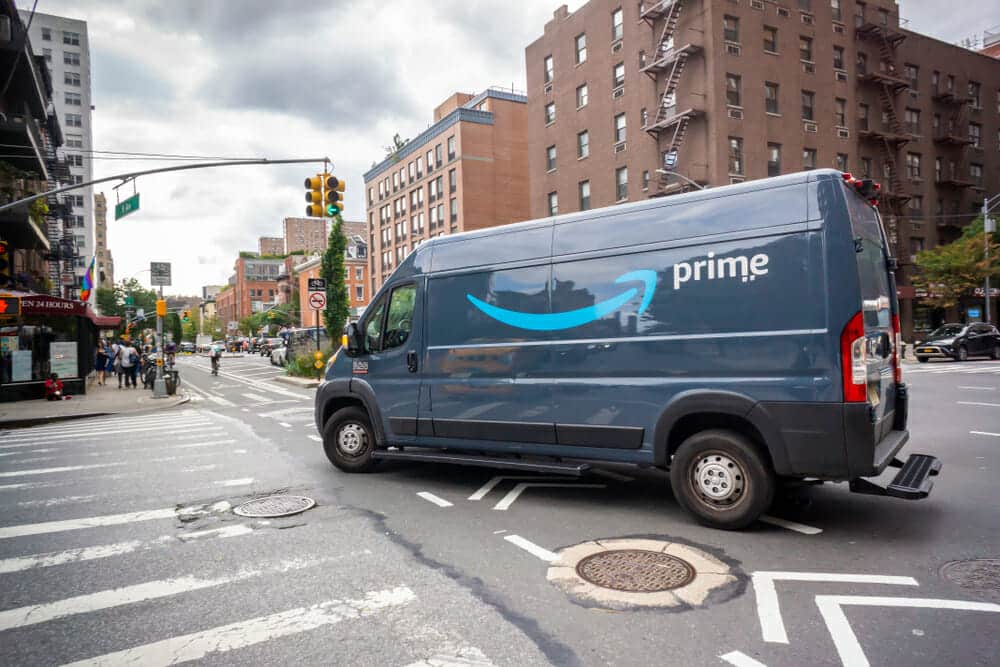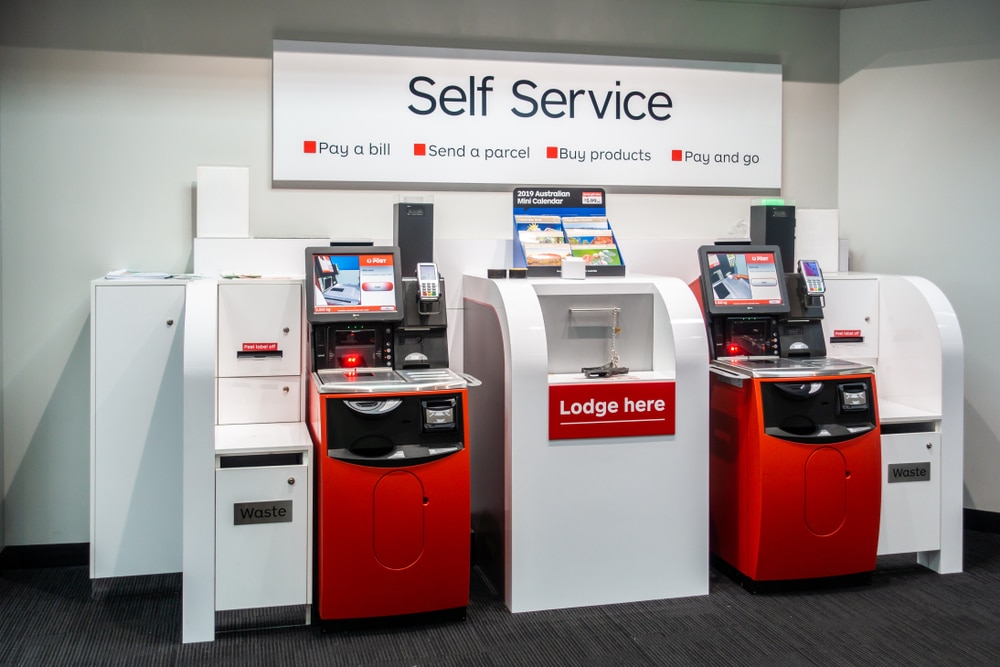Insight / Blog
Making the margins of ecommerce work better

Online shopping has blown up to a scale that few could have imagined just a quarter of a century ago. Online sales made up 14% of American retail last year, and that is forecast to grow drastically to 23.5% by 2025, according to research company eMarketer.
The problem for retail is that online sales come with a cost footprint that more than rivals those of brick and mortar stores. When a customer visits a store, bringing their own bag, they are effectively doing the picking, packing and last mile transportation themselves – the most margin-eating activities for any online retailer.
The challenge is for retailers to manage a continual transition of their businesses towards more sales happening online. There’s no need for drastic proclamations about the death of physical retail, just sensible planning for the mix of sales to continue to move over to online channels. To do that, retailers need to address some of those major cost implications of online sales.
The last mile impact
Getting products into stores isn’t “easy” per se, but centuries of practice and the growth of entire industries and sub-industries to support the process has helped to grease the wheels and ease the burden on retailers. Bringing products in to stores in bulk and allowing consumers to do the last mile is far more efficient than storing products in bulk and shipping them out one by one as orders come in from across the land. The cost of fulfilment is a huge contributor to the reason for margins being lower for online sales, compared to sales made in-store.
Retailers needn’t accept that online sales have to be completely separate from store sales, though. Buy online, pickup in-store (BOPIS) has proven to be a valuable option for shoppers, especially with contactless versions of this consumer journey becoming popular across categories during the pandemic.
Returns happen more often online
It’s well-known that return rates are significantly higher for ecommerce, which comes down to a combination of factors, but the obvious reason is the most important: the customer is not physically interacting with the product. Many retailers are wisely providing in online tools that help customers to make the right choice, such as interactive sizing apps and Augmented Reality, but while they’re effective and do appeal to shoppers, they can only realistically prevent a percentage of the returns deluge.

However, as with delivery options, retailers can still reduce the impact of ecommerce returns on their margins. For example, most online retailers still print physical labels for every order, so that shoppers can fill out a form and ship it with a return. Using a digital returns process eliminates the need to buy and print these labels, which can add up to surprisingly large savings for high-volume retailers.
In addition, the data captured by a digital returns journey gives retailers much clearer insight into why items are being returned, enabling them to still further reduce returns rates and increase their online margins.
Topics:
Related articles
7 tactics to drive self-service parcel drop-off adoption
Focusing on parcel kiosks, we explore 7 tactics to encourage customer adoption and drive volume into out-of-home (OOH) delivery networks.
Lessons from a decade in the first and last mile
A decade as Doddle taught us some lessons - and Blue Yonder helps us see what will matter in the next decade.
Postal results, reforms, and returns
Posts around the world are seeking reform, but how can they drive improved results in the short term?














